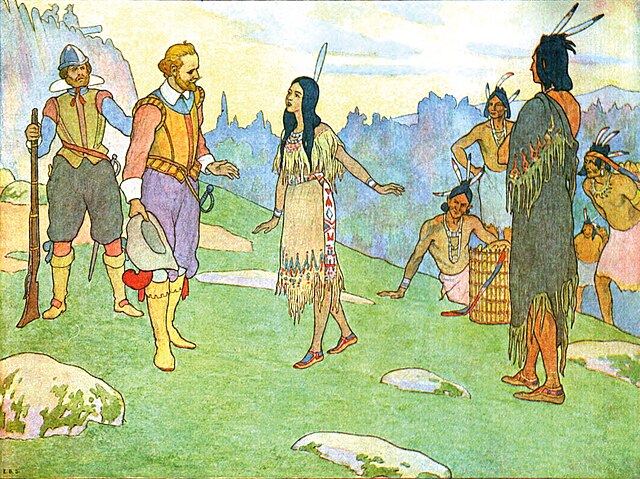The Virginia Conventions have been the assemblies of delegates elected for the purpose of establishing constitutions of fundamental law for the Commonwealth of Virginia superior to General Assembly legislation. Their constitutions and subsequent amendments span four centuries across the territory of modern-day Virginia, West Virginia and Kentucky.
The Virginia Constitutional Convention 1829–1830 met in Richmond, Virginia. A convention of three generations, the last gathering of Revolutionary era giants
Raleigh Tavern, Colonial Williamsburg First Virginia Convention met here, 1774
Peyton Randolph 1774, 1775
Edmund Pendleton 1776, 1788
Virginia, officially the Commonwealth of Virginia, is a state in the Southeastern and Mid-Atlantic regions of the United States between the Atlantic Coast and the Appalachian Mountains. The state's capital is Richmond and its most populous city is Virginia Beach, though its most populous subdivision is Fairfax County, part of Northern Virginia, where slightly over a third of Virginia's population of 8.72 million live as of 2023.
The story of Pocahontas was simplified and romanticized by later artists and authors, including Smith himself, and promoted by her descendants, some of whom married into elite colonial families.
In 1699, after the statehouse in Jamestown was destroyed by fire, the Colony of Virginia's capitol was moved to Williamsburg, where the College of William & Mary was founded six years earlier.
In 1765, Patrick Henry led a protest of the unpopular Stamp Act in the House of Burgesses, later depicted in this portrait by Peter F. Rothermel.
Eyre Crowe's 1853 portrait, Slaves Waiting for Sale: Richmond, Virginia, which he completed after visiting Richmond's slave markets, where thousands were sold annually








